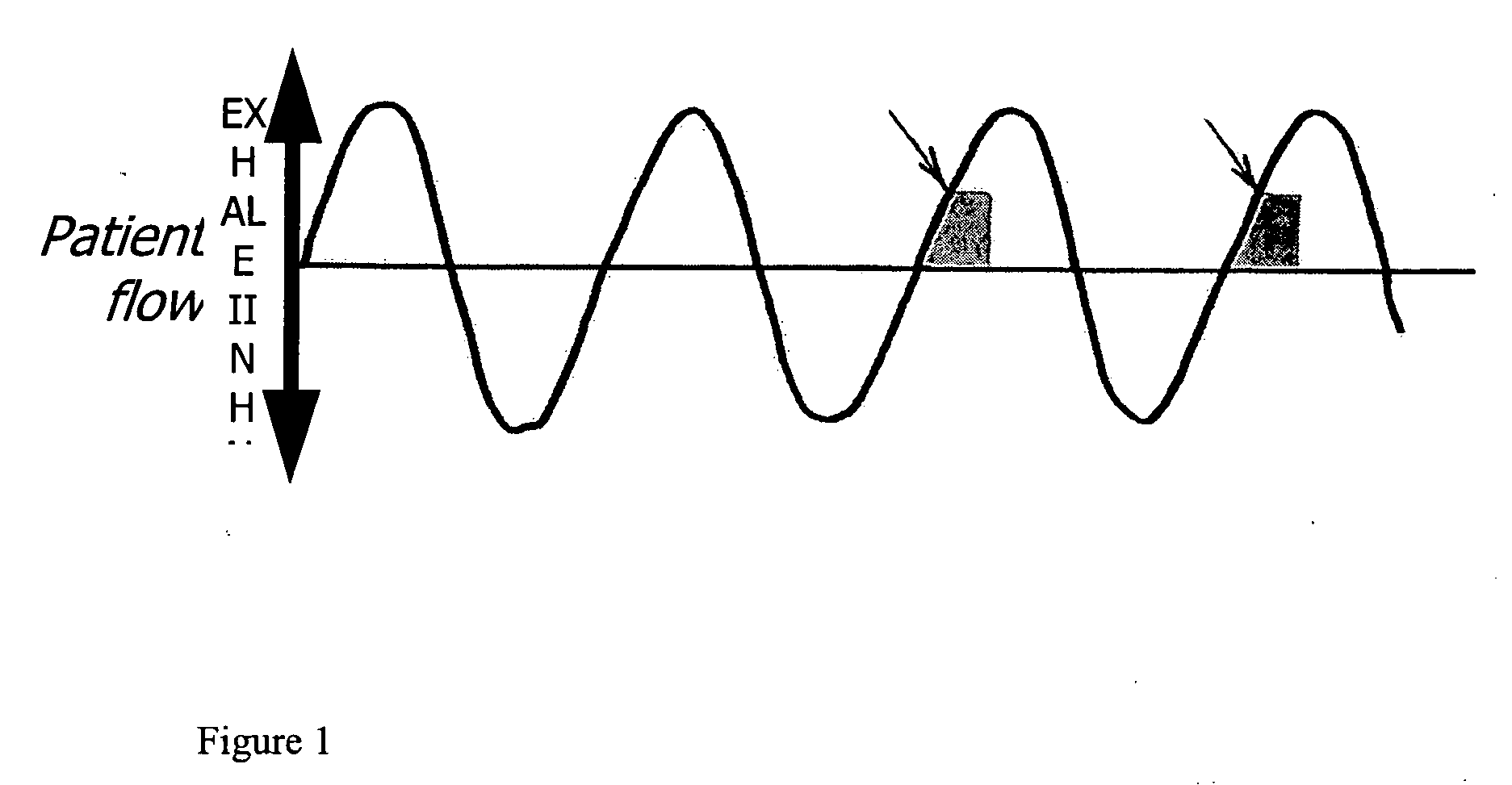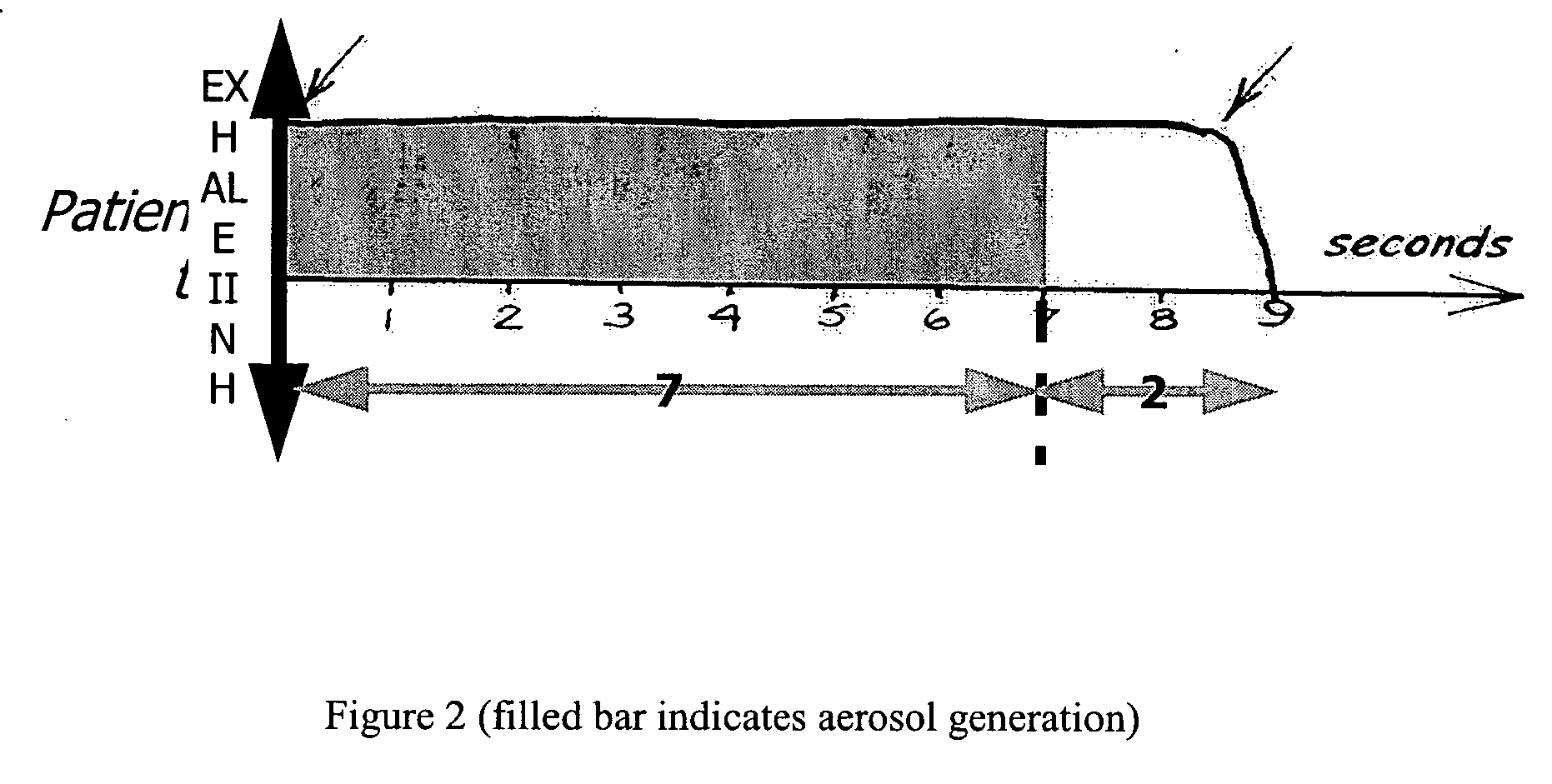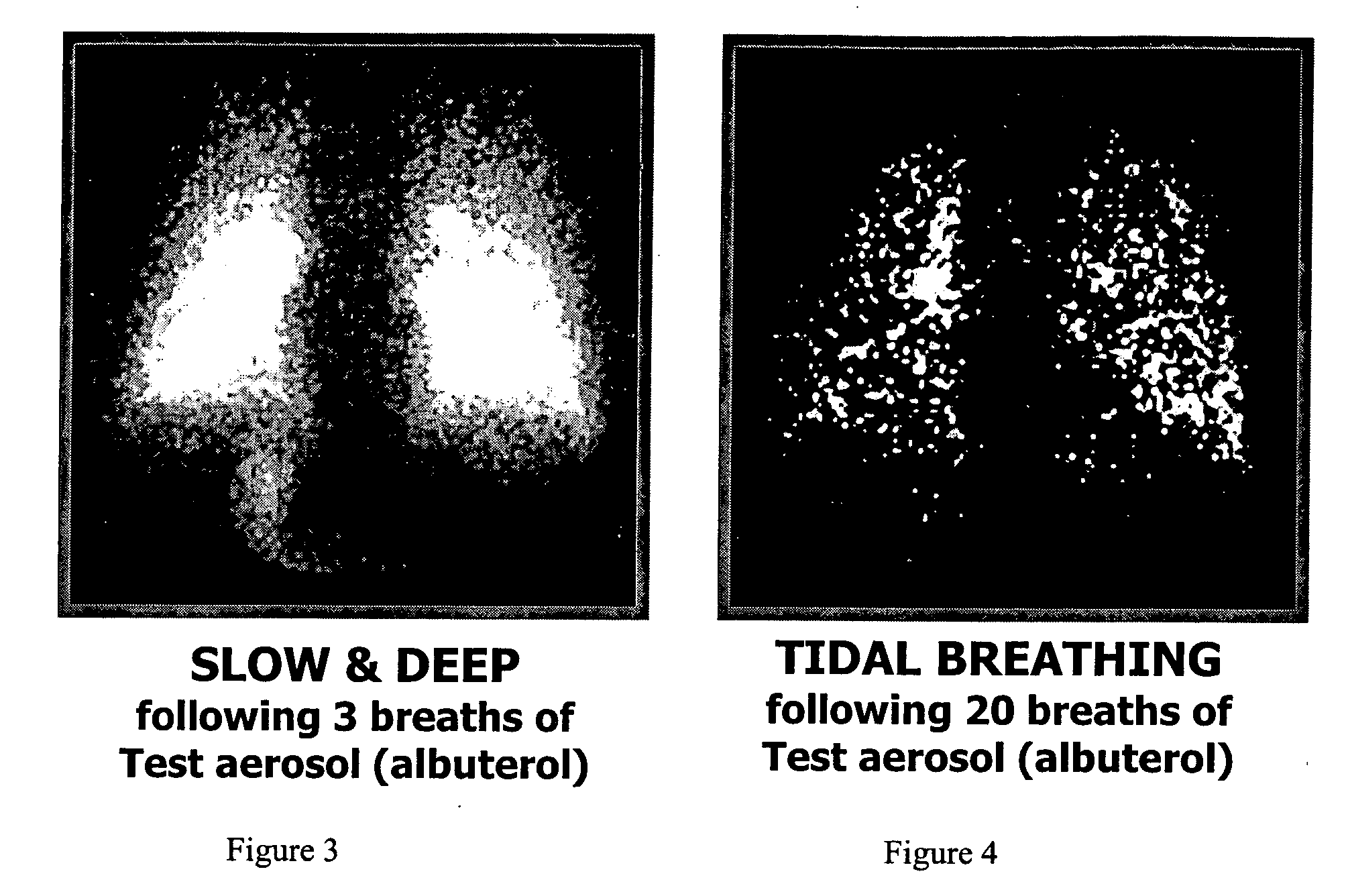Method of treating pulmonary disease with interferons
a technology of interferons and pulmonary disease, applied in the field of pulmonary disease treatment, can solve the problems of genetically engineered mice that lack interferon- or its receptor, the treatment of another subgroup of interstitial pneumonia is not predictive of successful therapy for idiopathic interstitial fibrosis, and the side effects of long-term administration of corticosteroids are associated with systemic side effects, so as to reduce the tnf-a, avoid the disease and reduce the inflammatory er pulmonary disease, pulmonary disease and interferon-induced pulmonary disease and interferon-induced pulmonary disease and interferon-induced pulmonary disease and interferon-induced pulmonary disease and interferon- interferon-induced pulmonary disease and interferon-induced pulmonary disease, which is applied in the field of pulmonary disease, and achieve the effects of disease-induced pulmonary disease-induced pulmonary disease--lough
- Summary
- Abstract
- Description
- Claims
- Application Information
AI Technical Summary
Benefits of technology
Problems solved by technology
Method used
Image
Examples
example 1
[0078] Study subjects were patients as suffering from idiopathic pulmonary fibrosis (IPF) as diagnosed by the American Thoracic Society criteria A or B (below). The patient population had failed to respond to or was not a candidate for conventional therapy with corticosteroids, cyclophosphamide, and / or azathioprine. The patient population was treated with aerosolized IFN-γ for twelve weeks.
[0079] In the setting of a surgical biopsy showing UIP, these three conditions must be met: [0080] 1. Exclusion of other known causes of interstitial lung disease, such as certain drug toxicities, environmental exposures, and connective tissue diseases. [0081] 2. Abnormal pulmonary function studies that include evidence of restriction (reduced vital capacity (VC) often with an increased Fev1 / FVC ratio) and / or impaired gas exchange (increased alveolar-arterial gradient for O2 or decreased diffusion capacity for CO). [0082] 3. Bibasilar reticular abnormalities with minimal ground...
example 2
[0103] Initially, ten patients are recruited from the IPF registry to be enrolled in an open label pilot study of aerosolized interferon-γ. The ten patients will fit the inclusion and exclusion criteria. Data collected includes past medical history including height, weight, and vital signs; personal history of all medications and complete occupational and smoking history, physical exam, EKG, CBC, electrolyte panel, liver enzymes and coagulation profile, CXR, chest CT, PFT, ABG, an pregnancy test in females of child bearing age.
[0104] Each patient completes a Pulmonary Fibrosis Questionnaire at the beginning of the study which will question extensively the tobacco exposure, environmental exposures, and medication usage throughout the patient lifetime. Each patient will also complete a symptoms questionnaire which ascertains tolerability of IFN-γ and possible side effects.
[0105] The patient will undergo baseline bronchoscopy with bronchoalveolar lavage (BAL) to evaluate the levels o...
example 3
[0112] A 38 year old Haitian woman with history of chronic allergies presented with a one and half year history of progressively increasing shortness of breath and dyspnea on exertion. The patient's PFTs showed a predominantly restrictive pattern with low diffusion capacity, suspicious for interstitial lung disease. She underwent a CT scan of her chest, which corroborated her PFT results, revealing sub-pleural fibrosis and honeycomb changes, predominantly at the lung bases. An open lung biopsy showed a pattern consistent with UIP / IPF.
[0113] The patient was begun on Aerosolized IFN-γ. She reported a reduction in dyspnea and was able to return to work. She has been clinically stable for three years (See, Table 1). Objective findings are listed in Table 2. There were improvements in exercise performance as shown by an increase in maximal oxygen consumption, decreased minute ventilation and a reduction in the degree of oxygen desaturation. Her dyspnea scores have decr...
PUM
| Property | Measurement | Unit |
|---|---|---|
| Fraction | aaaaa | aaaaa |
| Mass | aaaaa | aaaaa |
| Mass | aaaaa | aaaaa |
Abstract
Description
Claims
Application Information
 Login to View More
Login to View More - R&D
- Intellectual Property
- Life Sciences
- Materials
- Tech Scout
- Unparalleled Data Quality
- Higher Quality Content
- 60% Fewer Hallucinations
Browse by: Latest US Patents, China's latest patents, Technical Efficacy Thesaurus, Application Domain, Technology Topic, Popular Technical Reports.
© 2025 PatSnap. All rights reserved.Legal|Privacy policy|Modern Slavery Act Transparency Statement|Sitemap|About US| Contact US: help@patsnap.com



